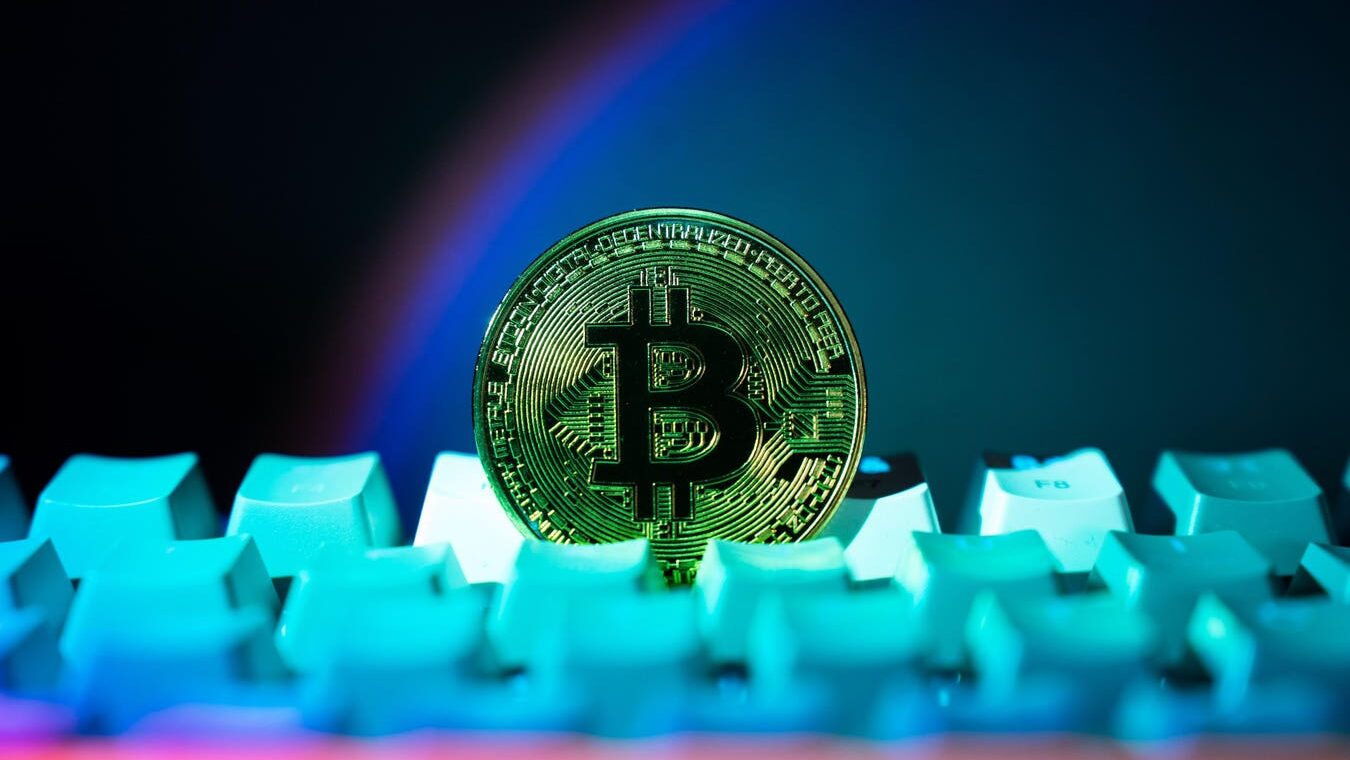Hey there, fellow tech enthusiasts! Today, I’m thrilled to share a Mining Crypto Beginners Guide, specifically how you can use your PC to mine crypto and generate passive income. We are covering today getting started with Nicehash – a miner and wallet solution – and basic configurations in your machine.
This is a topic I like very much. So, grab a cup of coffee, settle in, and let’s dive into the fascinating world of mining.
Why Is This Mining Crypto Beginners Guide Important?
This is something I do myself with my humble ASUS TUF GAMING RTX 2060 DUAL BEARING FAN, which so far has generated me around $550 in BTC, considering current exchange date as of the release of this article (1 BTC = U$29,680), and absolutely disregarding electricity billing (because I have solar energy) I must say, for the alternative of not making any profit and not having any crypto in my assets, it is actually pretty decent given how little is needed to get started and get going.
Gains will absolutely vary depending on your PC Specs, mainly the hashrate of your GPU.
What’s the Buzz About Cryptocurrency?
Cryptocurrency, or crypto for short, is a digital form of currency that operates independently of any central authority or bank. It’s decentralized and stored in crypto wallets, similar to your traditional bank account but with a key difference – you are responsible for safeguarding your private keys, the digital passwords to your wallet.
Before we jump into the Mining Crypto Beginners Guide, it’s crucial to understand the basics. Crypto transactions need validation, and that’s where mining comes in.
Understanding Cryptocurrency Mining
Cryptocurrency mining is the process of validating transactions and recording them on the blockchain. Miners, like you could be, are responsible for this validation, and in return, they receive crypto as a reward.
There are two main protocols for mining: Proof of Work (PoW) and Proof of Stake (PoS). PoW involves using mining hardware, such as GPUs and CPUs, to validate transactions through solving complex algorithms. On the other hand, PoS requires you to own a certain amount of the crypto to validate transactions.
For this Mining Crypto Beginners Guide, we’ll focus on PoW mining, specifically using your PC’s graphics card (GPU).
Types of Mining Rigs
Before we delve into the setup, let’s briefly discuss the types of mining rigs:
- ASIC (Application Specific Integrated Circuit): Specialized machines designed for a single algorithm. While powerful, they come with high electricity consumption and noise.
- GPU Mining: Utilizing the graphics card you already have for gaming or work. More residential-friendly, quieter, and allows flexibility in choosing algorithms and coins.
- CPU Mining: Using your PC’s central processing unit. Less recommended for beginners due to lower profitability and potential strain on your CPU.
As you would have probably guessed, it is required to have an GPU for cryptocurrency mining to make sense nowadays. If you don’t have a GPU or are looking to upgrade yours, please check out our GPU articles.
Now, let’s get into the Mining Crypto Beginners Guide, the nitty-gritty of setting up your GPU for mining using NiceHash.
Setting Up NiceHash for Mining
Step 1: Sign Up on NiceHash
Visit nicehash.com, sign up for an account, and log in. Navigate to the mining section.
Step 2: Download NiceHash Miner
Choose NiceHash Miner (not Quick Miner) for more features. Download and install it on your PC.
Step 3: Configure NiceHash Miner
After completing Step 2, open up NiceHash Miner and start configuring as follows.
- Change the worker name to easily identify your PC.
- Run the benchmark to determine the most profitable coin to mine.
- Disable CPU mining (as it’s less profitable and this allows you to do all other PC things while mining, except high GPU demanding tasks).
- Benchmark your GPU to find optimal settings.
Overclocking and Undervolting Your GPU For Optimal Gains
Overclocking and undervolting can optimize your GPU’s performance. Use tools like MSI Afterburner to adjust settings. Remember to increase fan speed and monitor temperature to keep it below 70 degrees Celsius.
Personally, as much as I know that it is bad for the component’s longevity, there are things I cannot change. I live in the Tropical Paradise of Brazil. it is very hot here, and the OEM cooling solution has it’s limitations. So, I’ve been running my GPU at consistently at 86 degrees Celsius for over a year, with no issue so far.

If you need more information on optmizing your GPU for Mining, including troubleshooting of common beginner mistakes, check our specific article here.
Understanding LHR (Light Hash Rate)
LHR cards are designed to limit hash rates, impacting Ethereum mining. Miners have found ways to partially unlock LHR cards, and NiceHash supports this. Make sure to enable LHR algorithms for better profitability.
All you need to do for that is to keep your NiceHash Miner Plugins Fully Updated, and Run NiceHash Miner As Administrator.
But fear not, Nvidia has removed LHR limitations in drivers version 522.25 and more recent, so this shouldn’t be much of a concern for you.
NiceHash Dashboard and Earnings
NiceHash’s user-friendly dashboard provides real-time information on your mining rig, including temperature, speed, and power usage. Your earnings are paid out in Bitcoin and deposited into your NiceHash wallet. Remember, there’s a minimum withdrawal amount.
It is very handy to also download the NiceHash Android or Apple App so you can monitor, pause and start mining in your PC, remotely, as long as both your phone and PC are connected to the internet.
There has been a very large number of times I’ve been away from my rig, and felt the absolute need to check if my mining was operational – just so that I could sleep better feeling like a smart-a**.
Conclusion
And there you have it, a beginner’s guide to mining crypto using your PC. The key is to do your research, understand your GPU, and stay updated on developments in the crypto mining world.
If you found this guide helpful, don’t forget to smash that like button and subscribe for more content on investing, personal finance, and making passive income. Happy mining, and until next time – peace out!






Pingback: Bitcoin Mining Sustainability: Navigating Challenges And Catalyzing Renewable Energy Growth - Tech Diffusion
Pingback: Bitcoin Network and Asset Dynamics, Beyond ETF Investments - Tech Diffusion
Pingback: Is Bhutan Bitcoin Mining In Secret In The Himalayas? - Tech Diffusion
Pingback: Wind.app: DeFi Allows You To Send Money Worldwide Fast With Near Zero Fees - Tech Diffusion